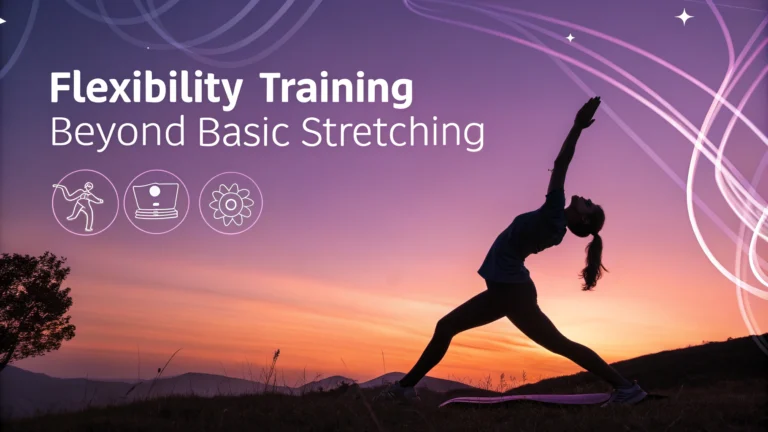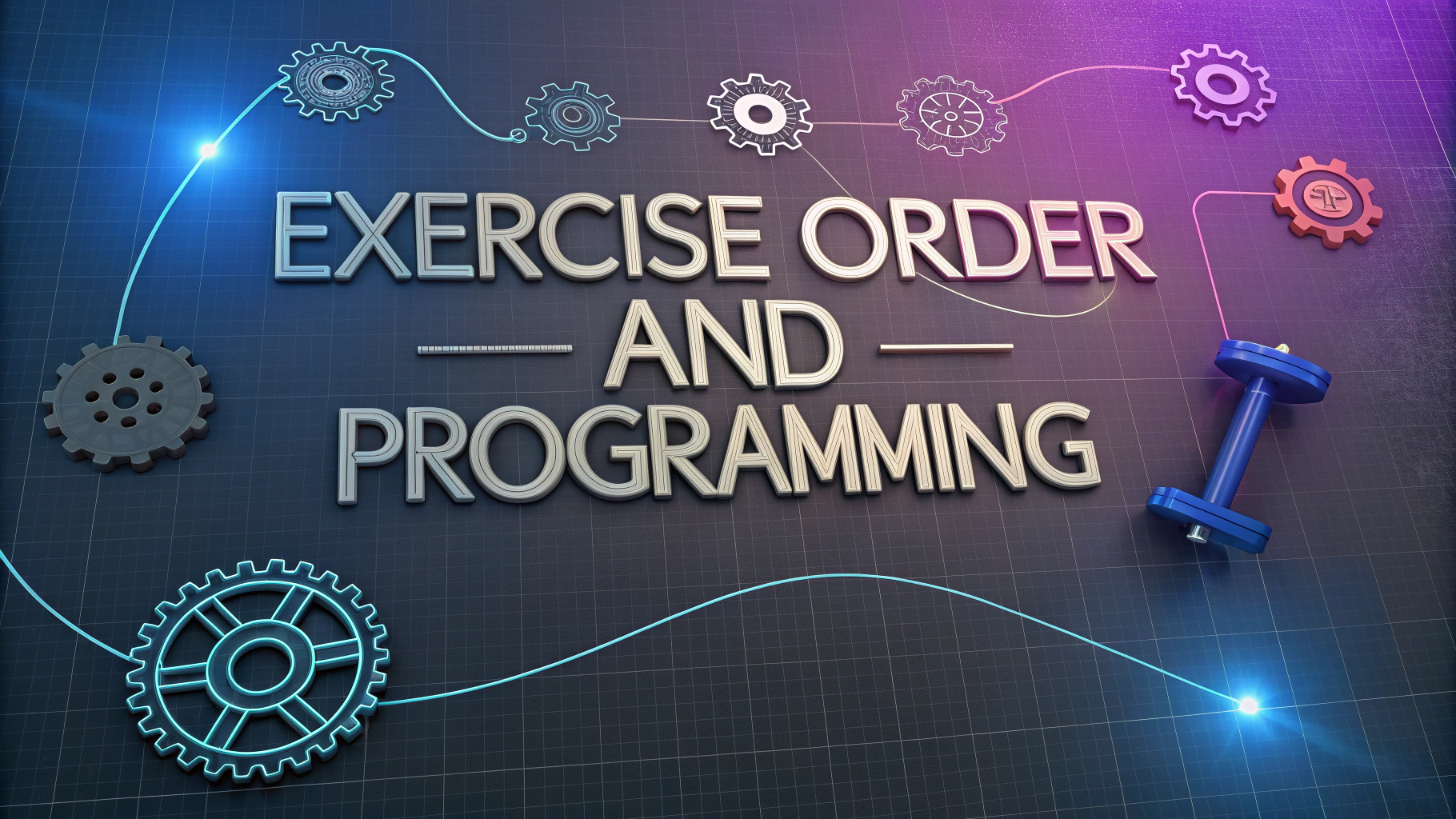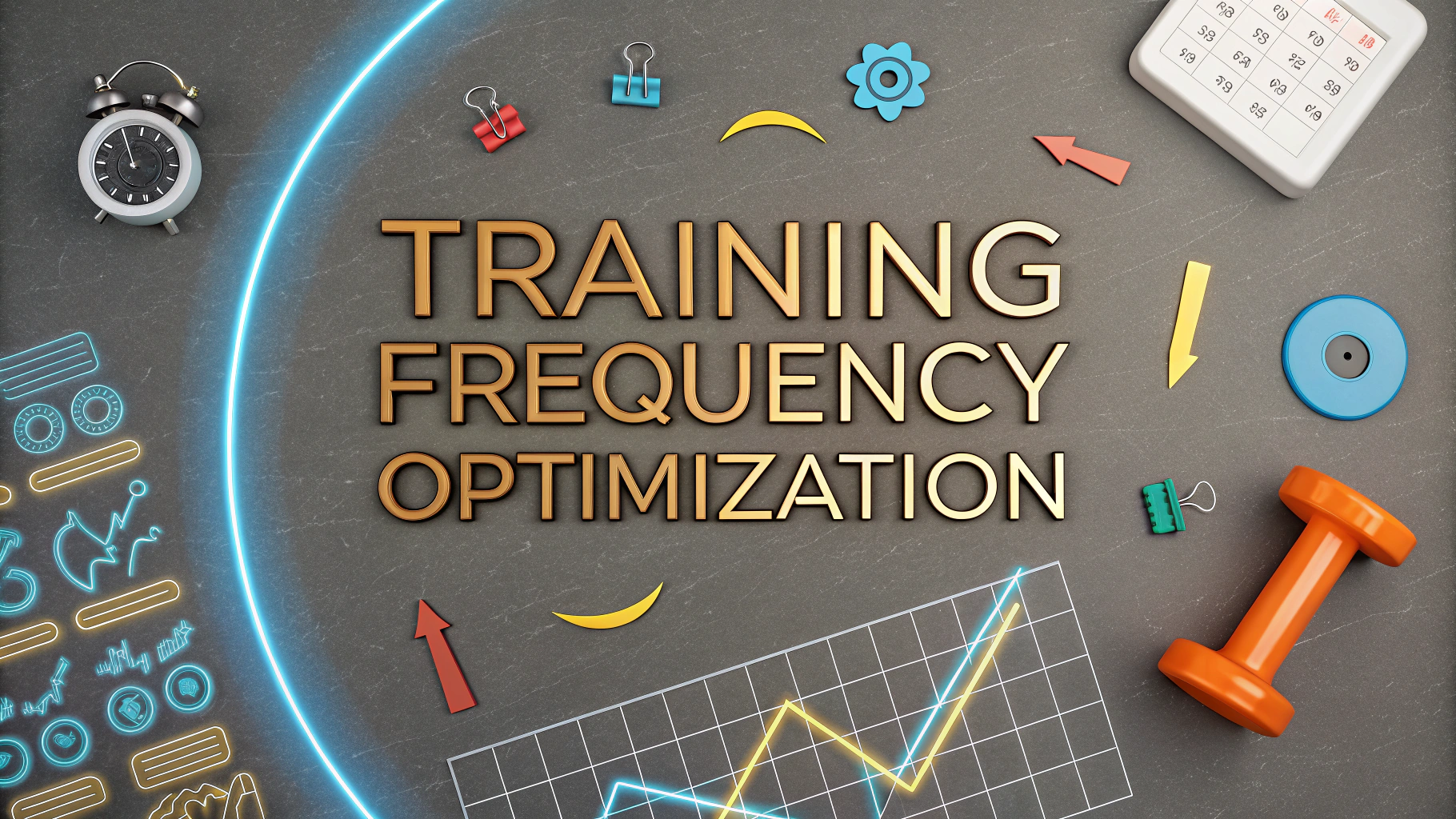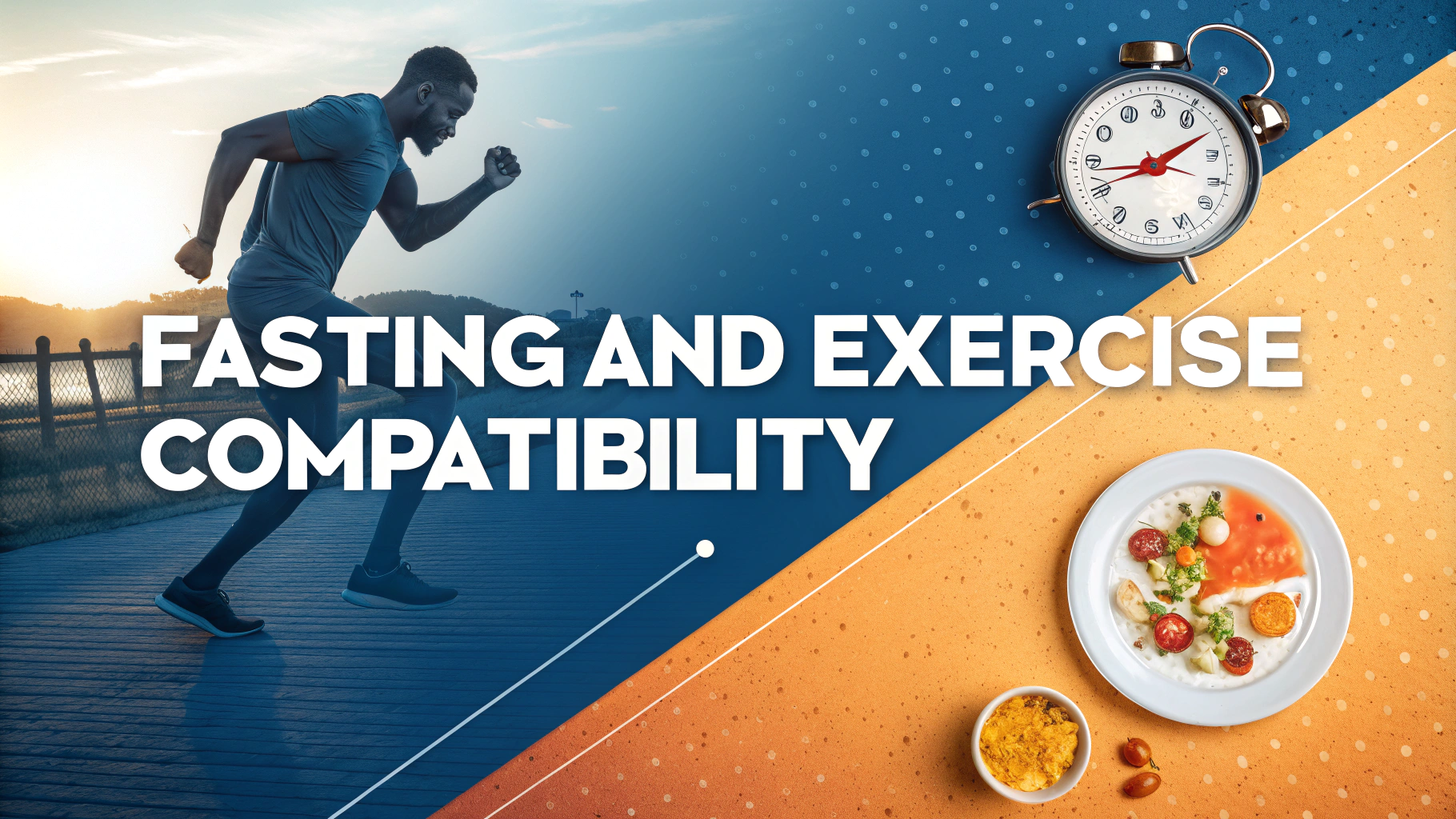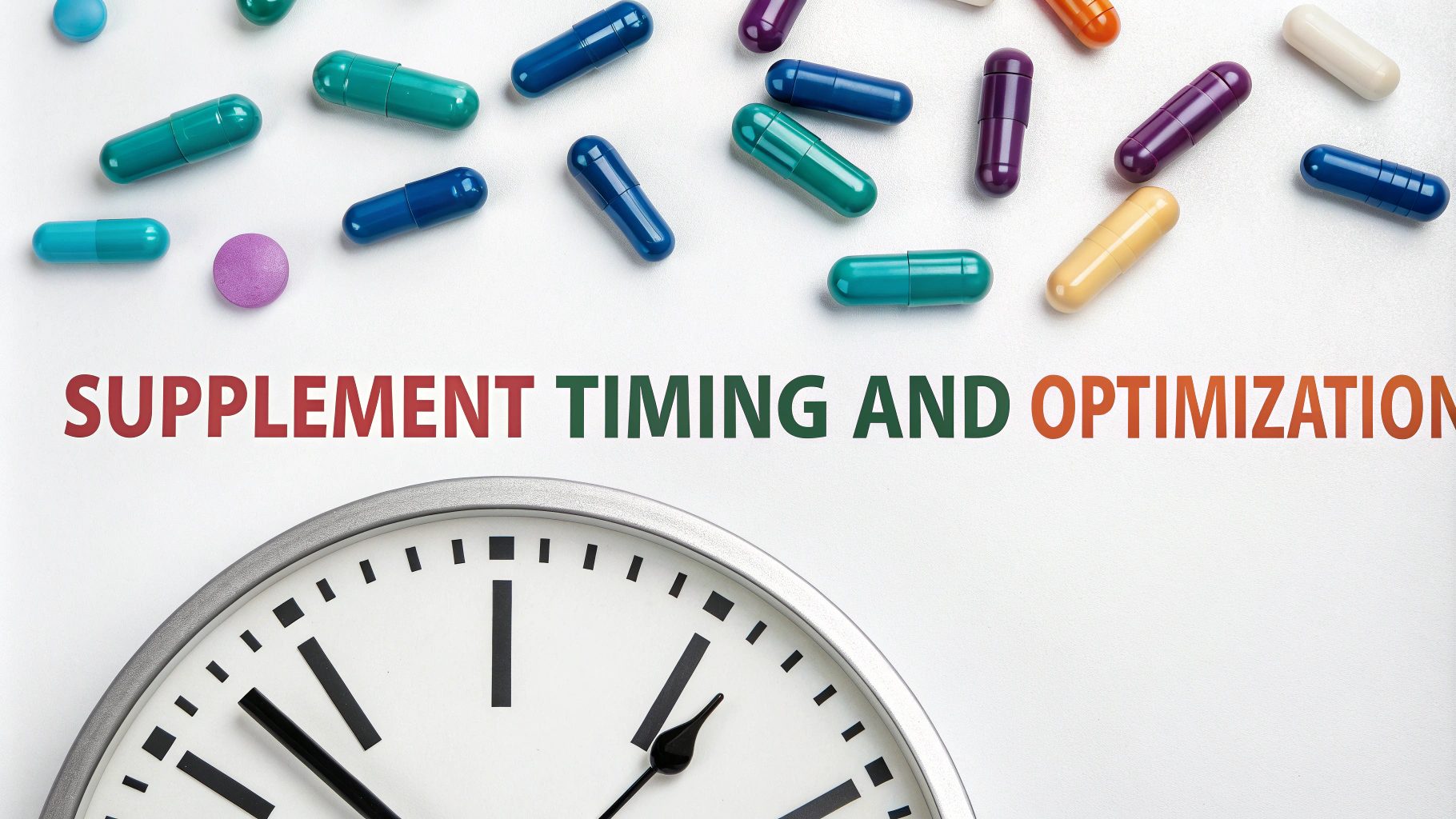Flexibility training goes far beyond touching your toes – it’s about creating a body that moves efficiently and stays injury-free.
What Makes Up Complete Flexibility Training
Modern flexibility work combines dynamic movements, static stretching, and mobility exercises to improve range of motion and functional strength.
- Dynamic stretching: Moving stretches that warm up muscles
- Static stretching: Holding stretches for 15-60 seconds
- Mobility work: Joint-specific exercises
- Myofascial release: Using foam rollers and massage tools
Key Benefits of Regular Flexibility Work
- Reduced muscle tension and soreness
- Better posture and alignment
- Decreased risk of injuries
- Enhanced athletic performance
- Improved blood circulation
Getting Started: Essential Equipment
- Foam roller ($20-40) – TriggerPoint GRID is recommended
- Yoga mat ($15-60) – Manduka PRO offers excellent durability
- Resistance bands ($10-30) – TheraBand sets are reliable
- Massage balls ($8-20) – Lacrosse balls work well
Quick 10-Minute Daily Routine
- Foam roll major muscle groups (3 minutes)
- Dynamic leg swings and arm circles (2 minutes)
- World’s greatest stretch (2 minutes)
- Hip flexor stretches (2 minutes)
- Thoracic spine mobility (1 minute)
Common Mistakes to Avoid
- Bouncing during static stretches
- Stretching cold muscles
- Pushing through sharp pain
- Neglecting proper breathing
When to Stretch
| Timing | Type of Stretching |
|---|---|
| Before workout | Dynamic stretching |
| After workout | Static stretching |
| Throughout day | Mobility exercises |
Contact certified flexibility specialists through the IDEA Fitness Expert Finder to develop a personalized program.
Measuring Progress
- Take monthly photos of basic stretches
- Track range of motion with a goniometer
- Keep a flexibility journal
- Record movement screening scores
Remember that flexibility improvements happen gradually – aim for consistent practice rather than dramatic changes.
Advanced Flexibility Techniques
Once you’ve mastered the basics, incorporate these advanced methods to further enhance your flexibility:
- PNF (Proprioceptive Neuromuscular Facilitation)
- Active Isolated Stretching (AIS)
- Isometric stretching
- Neural flossing exercises
Sport-Specific Flexibility
Requirements by Activity
- Yoga – Full-body flexibility with emphasis on spine
- Running – Hip flexors and hamstring mobility
- Swimming – Shoulder and ankle flexibility
- Martial Arts – Dynamic hip and leg flexibility
Recovery and Maintenance
- Schedule rest days between intense stretching sessions
- Stay hydrated to maintain tissue elasticity
- Get adequate sleep for tissue repair
- Consider regular massage therapy
Long-Term Programming
| Phase | Focus | Duration |
|---|---|---|
| Foundation | Basic mobility patterns | 4-6 weeks |
| Development | Increased range and control | 8-12 weeks |
| Maintenance | Sustaining gains | Ongoing |
Conclusion
Flexibility training is a crucial component of overall fitness that requires patience, consistency, and proper technique. By incorporating various stretching methods, using appropriate equipment, and following a structured program, you can achieve lasting improvements in your range of motion and movement quality. Remember to listen to your body, progress gradually, and celebrate small improvements along your flexibility journey.
FAQs
- What’s the difference between dynamic and static stretching?
Static stretching involves holding a stretch position for 15-60 seconds, while dynamic stretching involves moving parts of your body through a full range of motion. Dynamic stretching is best before workouts, while static stretching is more effective after exercise. - How long should I hold a stretch for optimal results?
For static stretches, hold each position for 15-30 seconds for general flexibility, or 30-60 seconds for targeting particularly tight areas. Repeat each stretch 2-4 times for maximum benefit. - Can flexibility training help prevent injuries?
Yes, regular flexibility training helps prevent injuries by improving range of motion, enhancing joint mobility, and reducing muscle tension. It also improves muscle balance and postural alignment. - How often should I perform flexibility training?
Aim to perform flexibility training 3-7 times per week. Daily stretching is ideal, but a minimum of three sessions per week is necessary to see improvements in flexibility. - Is it normal to feel pain while stretching?
No, stretching should never cause pain. You should feel tension or mild discomfort, but if you experience pain, you’re stretching too intensely or may have an underlying injury that needs attention. - What’s the best time of day to do flexibility training?
Flexibility training can be done any time, but muscles are most pliable when warm. Late afternoon or evening when body temperature is naturally higher can be optimal, or after a warm-up if training at other times. - Can you be too flexible?
Yes, excessive flexibility without proper strength can lead to joint instability and increased injury risk. Balance flexibility training with strength training to maintain joint stability and muscle function. - Should I stretch cold muscles?
No, stretching cold muscles increases injury risk. Always warm up with light cardio for 5-10 minutes before stretching to increase blood flow and muscle temperature. - How long does it take to see improvements in flexibility?
With consistent practice, noticeable improvements can occur within 3-4 weeks. However, significant changes in flexibility typically take 6-12 weeks of regular training. - What role does breathing play in flexibility training?
Proper breathing helps muscles relax and increases stretch effectiveness. Inhale deeply and exhale slowly while stretching, using the exhale phase to gently deepen the stretch.
